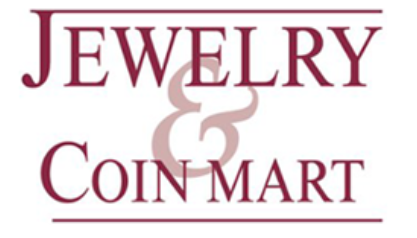Tax Reporting Requirements for Bullion Transactions
The information provided herein is for educational purposes only and is not intended to serve as financial or tax advice. We always advise our clients to consult your tax professional for advice regarding your individual financial or tax situation.
We always advise our clients to consult your tax professional for advice regarding your individual financial or tax situation.
There are two circumstances in which precious metals dealers are legally obligated to report consumer transactions to the IRS:
- When a consumer sells reportable quantities of specific bullion or coins; see chart below
- When a consumer buys goods from a dealer and pays $10,000 or more in cash for the goods.
- If you pay by check, or bank wire this does not apply
- If transaction # 1 or # 2 is confirmed then a Form 1099-B in accordance with IRS guidelines for all reportable transactions is completed on the clients behalf. This information remains strictly confidential between us and the IRS; at no point will any third party have access to their private information.
Bars and Rounds
The reporting criteria for bars and rounds sales by customers is primarily determined by the purity and the quantity of the individual products. However, this criteria differs for each kind of precious metal. For sales of gold bars and rounds to be considered reportable, every individual piece of bullion must have a fineness of at least .995 and the total purchase quantity must be 1 kilo (32.15 troy ounces) or more. Similarly, for sales of silver bars and rounds to warrant reporting, each silver piece needs to possess a fineness of at least .999 with a total purchase quantity of 1,000 troy ounces or more. Lastly, sales of palladium and platinum bars or rounds require the smallest qualifying quantities of 100 troy ounces and 25 troy ounces, respectively. The fineness restriction for both metals is .9995.
Coins
 When compared to bars and rounds, the reporting criteria for coin sales by customers is slightly more straightforward since the restrictions are so specific. There are only a few coins that are required to be reported to the IRS. Reportable coins include the following:
When compared to bars and rounds, the reporting criteria for coin sales by customers is slightly more straightforward since the restrictions are so specific. There are only a few coins that are required to be reported to the IRS. Reportable coins include the following:
- 1 oz Gold Maple Leaf (minimum of 25 coins)
- 1oz Gold Krugerrand Coins (minimum of 25 coins)
- 1 oz Gold Mexican Onza (minimum of 25 coins)
- US coin composed of 90% silver (i.e., pre-1964 silver coins)
- We are required by law to report any sales of the above-mentioned gold coins, in which more than 25 pieces have been sold. We are required to report sales of 90% silver content US coins, Dimes, Quarters and half dollars minted prior to 1964 that exceed a face value of $1,000, as well as any sales of the previously mentioned gold coins, in which more than 25 pieces have been sold. There are, of course, a number bullion products that are exempt from reporting, regardless of the quantities that a customer sells. Gold or Silver American Eagle Coins; any pieces of foreign currency that were not explicitly mentioned in the IRS’s Reportable Items List, as well as pieces of US currency that were created subsequent the list’s creation in the 1980’s.
Any dollar amounts that do not reach the reporting limit are subject to the users discretion and you may want to talk to your Tax professional.
